Leni Riefenstahl, German film director, defined the image of the Nazi Party through films such as Aca,!A"Triumph of the WillAca,!A?, and Aca,!A"OlympiaAca,!A?, and, in the process, created a new reality and perception of the new German state that defined a nation and unified its people. On the other side of the Atlantic, the United States, having been attacked at Pearl Harbor, created the Office of War Information (OWI) and began producing films with Hollywood.
OWI was designed to use mass communication to sell the war and the reasons for the massive mobilization to stop the German Nazi and Japanese Imperial armies. OWI was created to define our perception of reality, the reality of a world at war. Television was not yet the force in entertainment that it is today, so most individuals learned about world events by listening to the radio or reading the newspaper. OWI Films brought the stories of war to life on the big screen. Filmmaker Frank Capra was commissioned into the U.S. Army Special Services to direct a series of OWI films. Mr. Capra is perhaps best remembered today as the director of Aca,!A"ItAca,!a,,cs a Wonderful LifeAca,!A? in 1946. Already in 1942 he was renowned for such film classics as Aca,!A"You CanAca,!a,,ct Take it with You,Aca,!A? Aca,!A"Mr. Smith Goes to Washington,Aca,!A? and Aca,!A"Lost Horizon.Aca,!A? The Aca,!A"Why We FightAca,!A? series debuted in 1942. Aca,!A"Prelude to WarAca,!A? was used as a U.S. Army training film prior to its theatrical release. Later, the home front was shown the films, as part of the job of unifying the country to ration supplies. Everyone was expected to do their part in the war effort.
During this week in Army history, on March 4, 1943, the Academy of Motion Pictures Arts and Sciences awarded an Academy Award, or Aca,!A"Oscar,Aca,!A? to Mr. Capra for Aca,!A"Prelude to WarAca,!A? as the Best Documentary film of 1942. The citation reads in part "A special award to Prelude to War for its trenchant conception and authentic and stirring dramatization of the events which forced our nation into the war and of the ideals for which we fight." To conserve metal for war purposes, the wartime Oscar was not the familiar metal statue but a plaque. A statue was issued in 1958 but passed out of the ArmyAca,!a,,cs custody in 1970. It was returned to the Army just last September. Today it forms part of the Army History exhibit in the Pentagon, designed by the Army Heritage and Education Center (AHEC).
These films mobilized a nation and played a significant role in inspiring the Aca,!A"greatest generationAca,!A?. The films were shown to soldiers during basic training, projected on the silver screen in World War II Mobilization Temporary Barracks. Built to train a significant number of individuals in a short period of time, thousands of these barracks were constructed during the early 1940s. Representative types of them have been accurately reproduced along AHECAca,!a,,cs Army Heritage Trail in Carlisle, PA, and are open to the public, a living history of our determination to win the war.
Film entertains us, inspires us, and there was a time when it united us in battle against the tyranny of Totalitarianism of Europe and Asia in the 1930s and 1940s. The US Army and Hollywood joined forces to mobilize a nation, beat back the NaziAca,!a,,cs, and thus save the world. These films united us, so we could defend and maintain our way of life.
Thank you, Mr. Capra and all the veterans of the greatest generation. Thanks to you, it is, indeed, a wonderful life.
ABOUT THIS STORY: Many of the sources presented in this article are among 400,000 books, 1.7 million photos and 12.5 million manuscripts available for study through the U.S. Army Military History Institute (MHI). The artifacts shown are among nearly 50,000 items of the Army Heritage Museum (AHM) collections. MHI and AHM are part of the: Army Heritage and Education Center (AHEC), 950 Soldiers Drive, Carlisle, PA, 17013-5021.
Related Links:
A Working Bibliography of MHI Sources: MEDIA & MILITARY, GENERAL
A Working Bibliography of MHI Sources: JOURNALISM/MEDIA BEFORE WWII
A Working Bibliography of MHI Sources: MEDIA & MILITARY, SINCE 1945
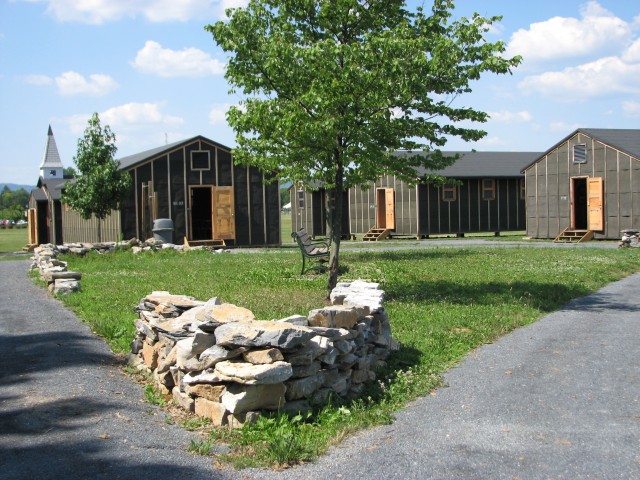
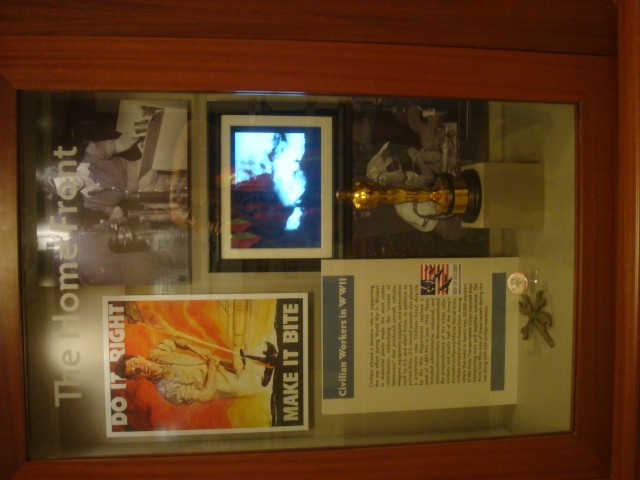

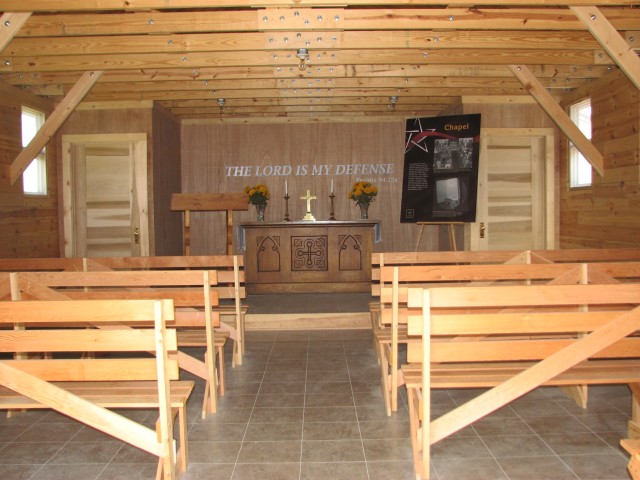
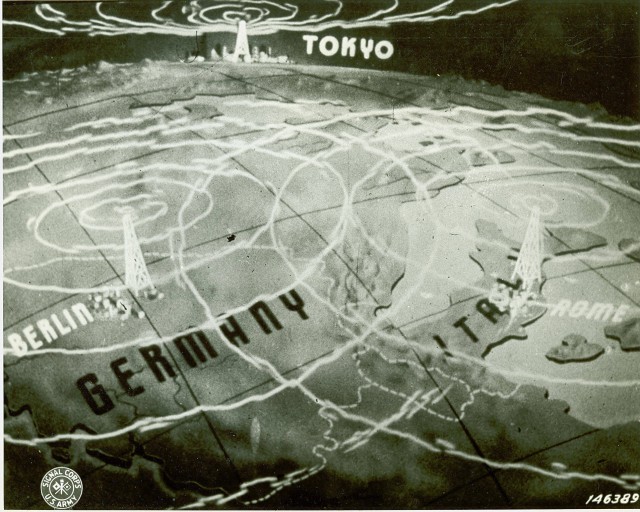
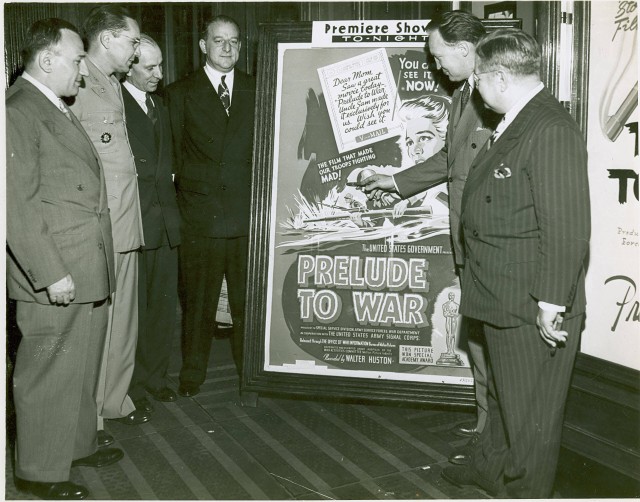

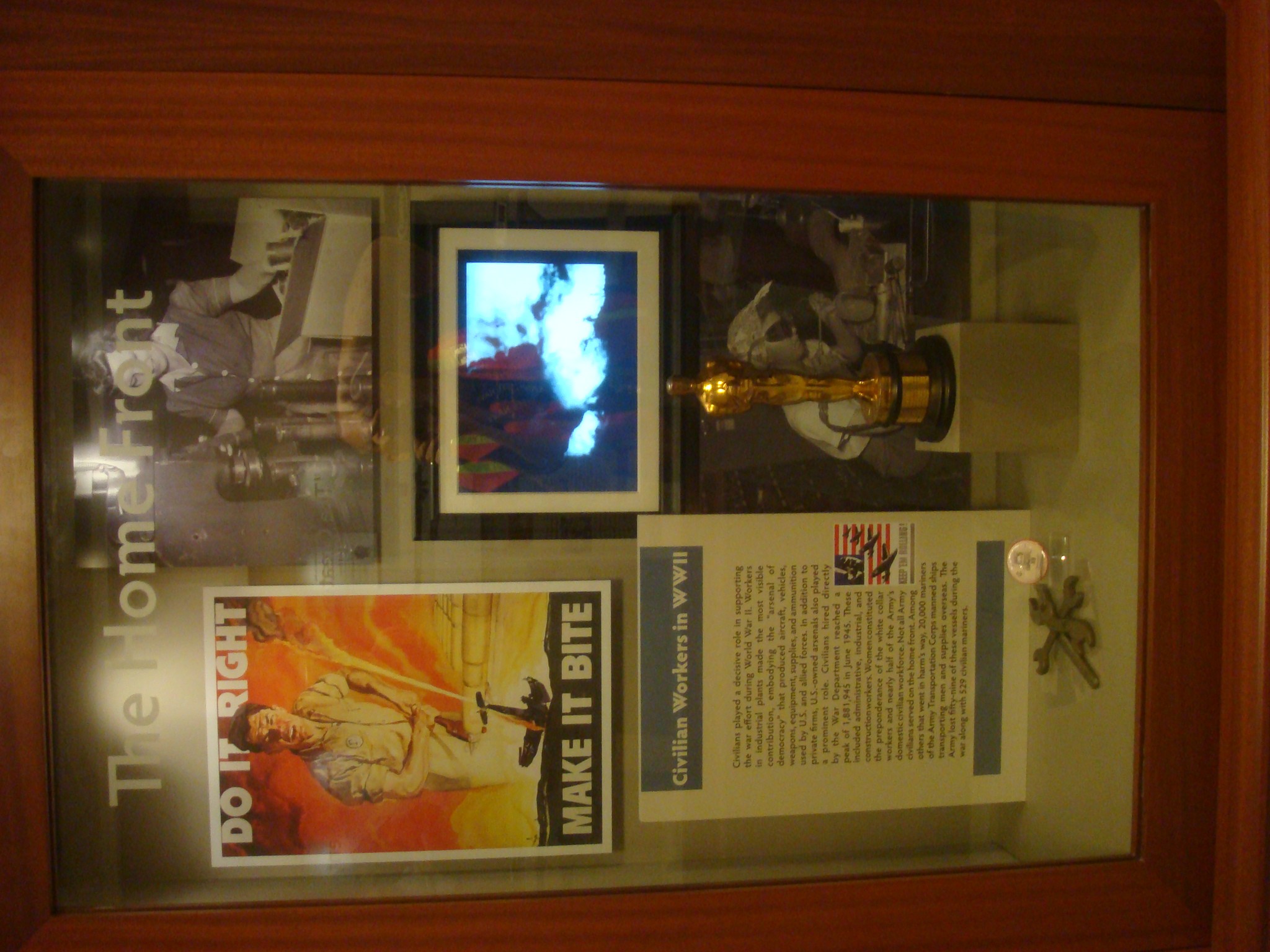

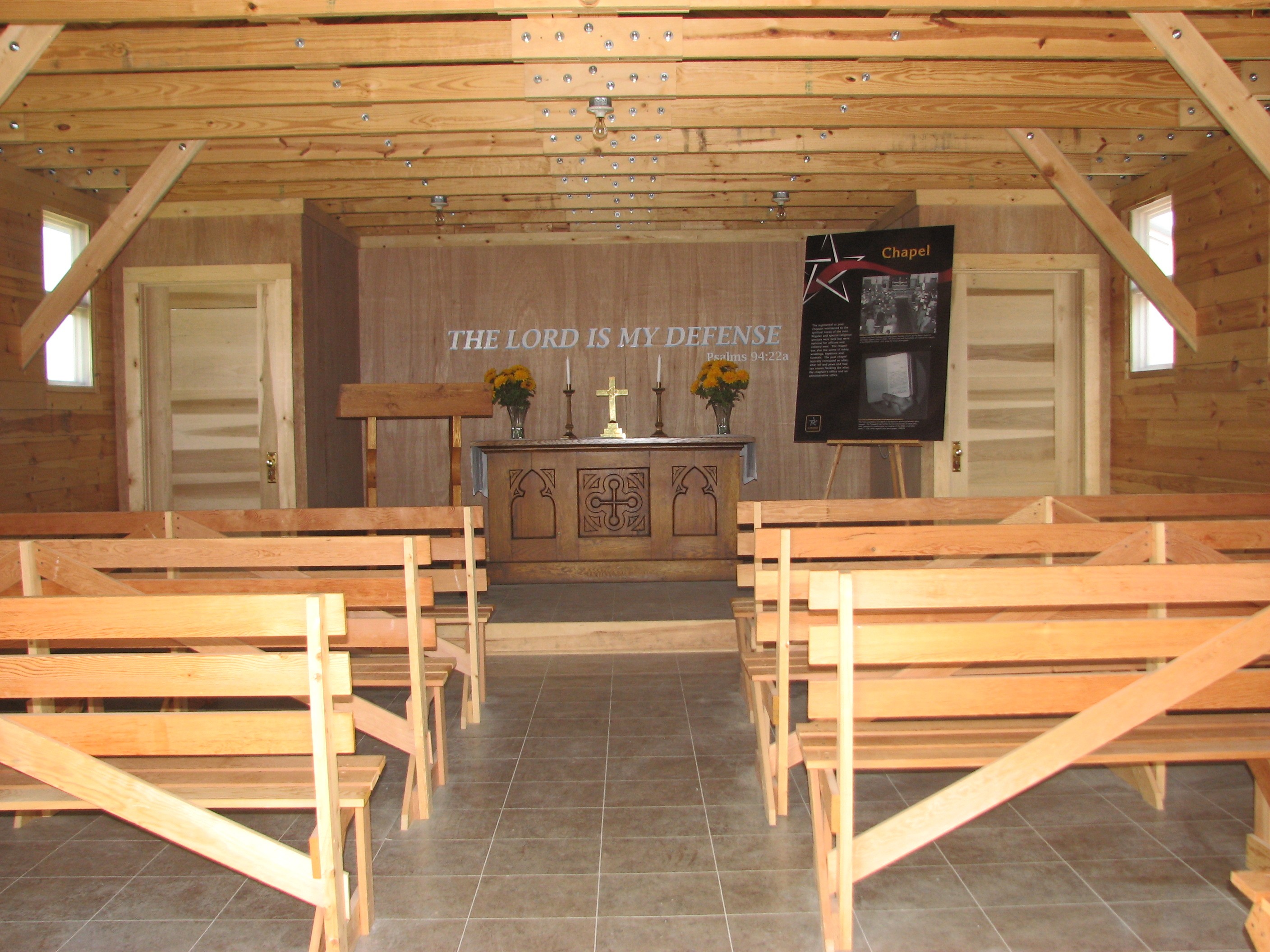

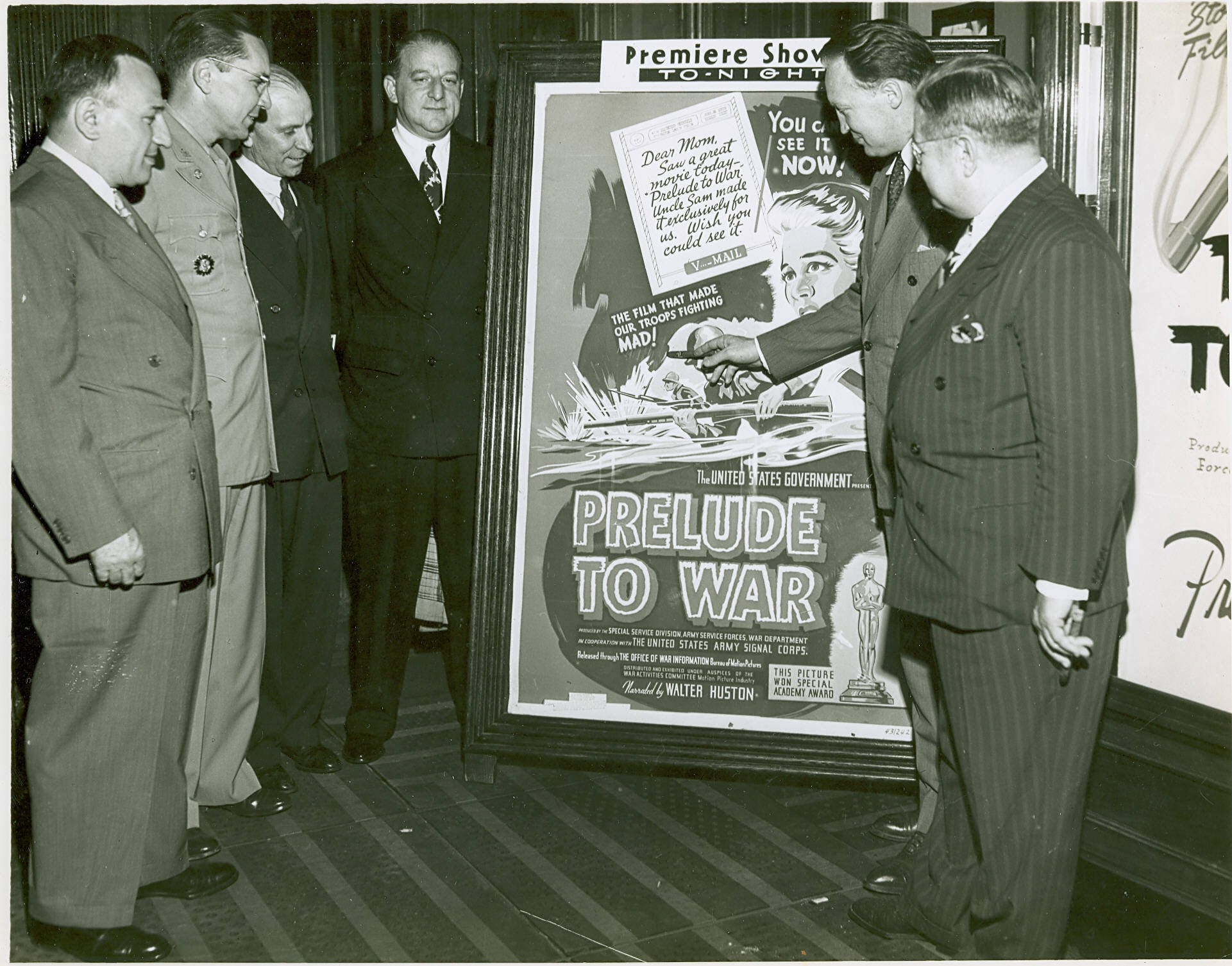
Social Sharing